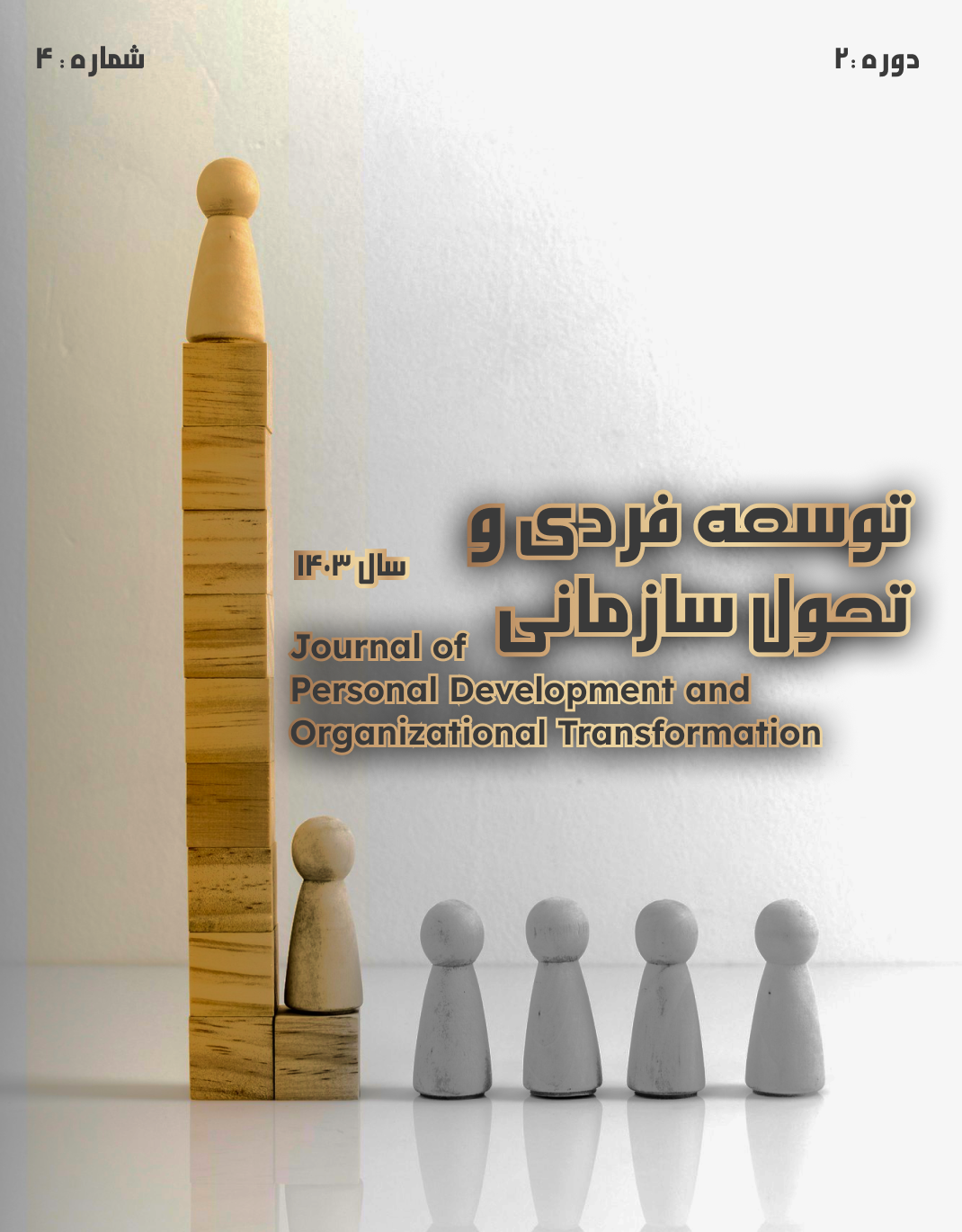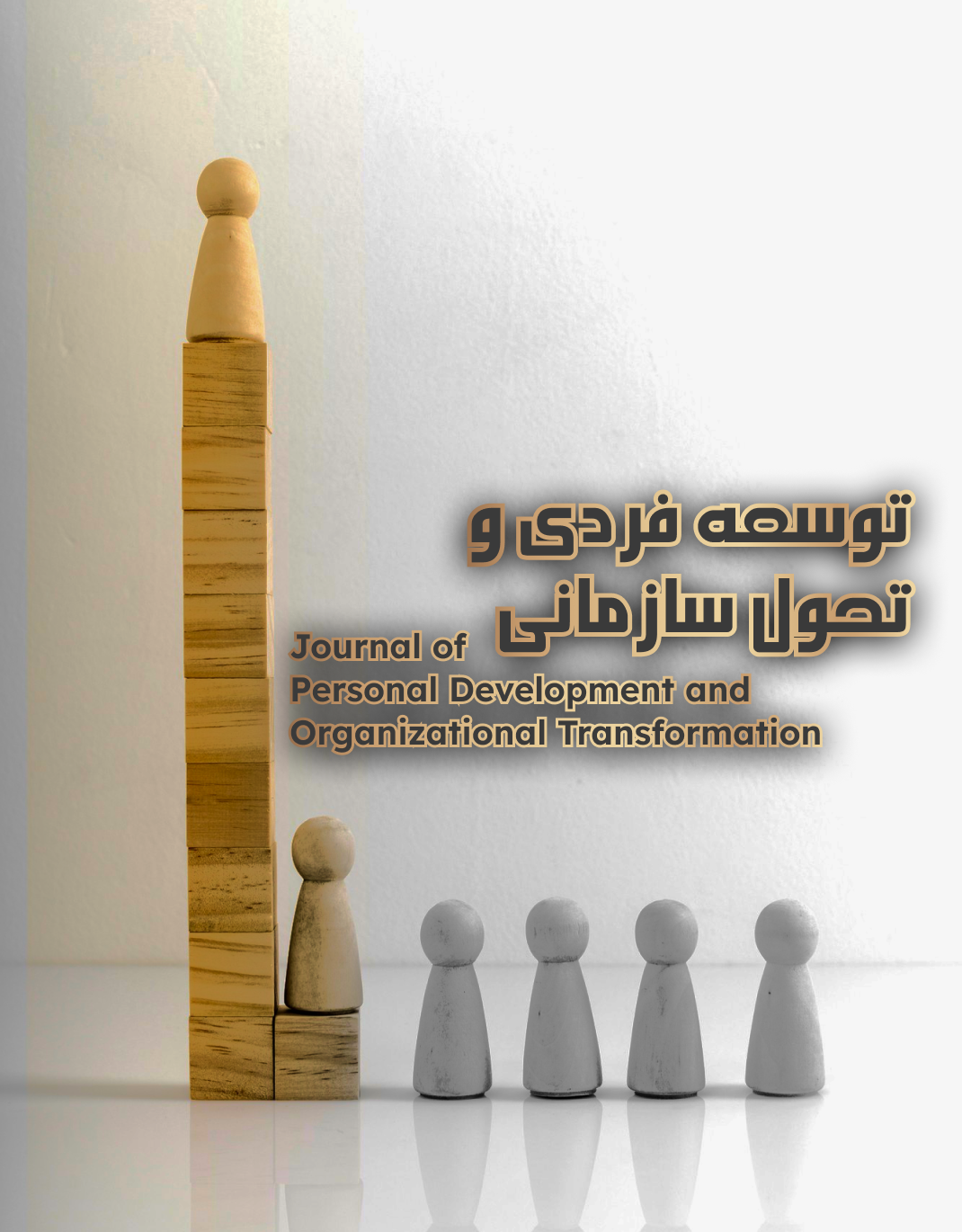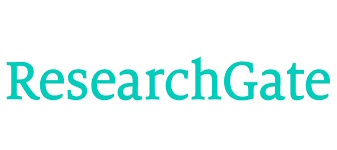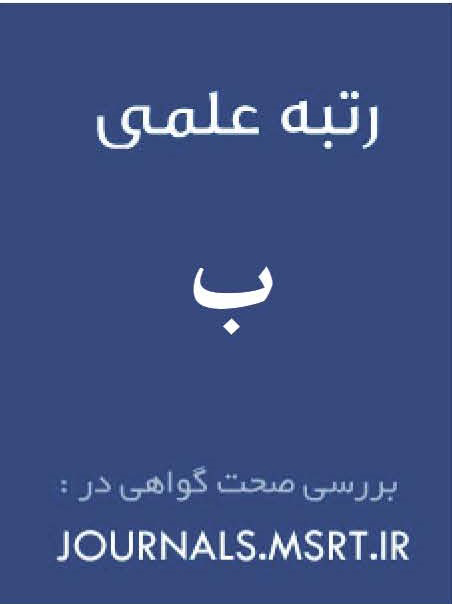طراحی مدل ساختاری همآفرینی ارزش با رویکرد منابع انسانی در دانشگاههای علوم پزشکی
کلمات کلیدی:
همآفرینی ارزش, رویکرد منابع انسانی , دانشگاه علوم پزشکیچکیده
این پژوهش به طراحی الگوی همآفرینی ارزش مبتنی بر منابع انسانی در دانشگاههای علوم پزشکی شمال کشور پرداخته است. پژوهش از لحاظ هدف کاربردی و از نظر روش گردآوری دادهها آمیخته (کیفی و کمّی) میباشد. مرحله کیفی پژوهش با استفاده از روش نظریه دادهبنیاد با رهیافت نظاممند استراوس و کوربین (1998) و مرحله کمّی نیز از مدل معادلات ساختاری استفاده شد. در مرحله اول با بهرهگیری از مبانی نظری، پیشینه تحقیق و مصاحبه نیمه ساختاریافته به استخراج مفاهیم پرداخته شد. در بخش کیفی، مشارکتکنندگان در پژوهش شامل خبرگان حوزه سازمانی، منابع انسانی دانشگاه علوم پزشکی و اعضای هیأت علمی که بهروش گلوله برفی به تعداد 36 نفر انتخاب گردیدند. دادههای پژوهش از طریق مصاحبه عمیق جمعآوری گردید که در مصاحبه 28ام اشباع نظری حاصل شد. در بخش کمّی جامعه آماری این پژوهش کلیه مدیران، معاونین و کارکنان دانشگاه علوم پزشکی گیلان، دانشگاه علوم پزشکی مازندران و دانشگاه علوم پزشکی گلستان که تعداد آنها 27726 میباشند. حجم نمونه از طریق فرمول کوکران تعداد 379 نفر برآورد گردید. از روش نمونهگیری تصادفی طبقهای استفاده شده است. یافتهها نشان داد ساختار سازمانی و رهبری، توسعه منابع انسانی، ارتباطات و همکاری، توجه به تحولات بازار کار، توسعه و نوآوری، اخلاق و مسئولیت اجتماعی، مدیریت مالی و تخصیص منابع و فرهنگ سازمانی مشترک بهعنوان عوامل علّی؛ زیرساختهای فنی، سیاستها و استراتژیهای سازمانی، مدیریت خدمات فناوری، سیاستهای مدیریت مالی پایدار، ظرفیت خیرین در امر تقویت سلامت، فضای کاری مشترک، مدیریت دانش ساختاریافته بهعنوان بستر حاکم؛ شرایط سیاسی و مداخله ذینفعان خارج از دانشگاه، محدودیتهای مالی و منابع، ناکارآمدی مدیریت برنامهریزی منابع سازمان، ناکارآمدی سیستم اداری، رفتارهای ضدشهروندی سازمانی و تنوع فرهنگی در دانشگاه بهعنوان عوامل مداخلهگر؛ راهبردهای اجرای سند تحول راهبردی دانشگاه علوم پزشکی، آسیبشناسی کانون ارزیابی و توسعه منابع انسانی، مدلسازی نقش کانونهای هماهنگی دانش و صنعت در توسعه ارتباط دانشگاه و صنعت، تخصیص منابع و پشتیبانی اداری برای تسهیل در انجام پروژههای مشترک، تدوین و اجرای ظرفیتهای منابع انسانی در دستیابی به اهداف یا رسالت سازمان، اهداف و فرایندهای مدیریت استراتژیک منابع انسانی، درگیرسازی ذینفعان در فرآیند خطمشیگذاری دانشگاه منجر به پیامدهای فردی، سازمانی و اجتماعی میشوند. نتایج حاصل از برازش الگو نشان داد که کلیه مقولههای شناسایی شده در حالت تأییدی قرار گرفتند و الگوی پژوهش از برازش مناسبی برخوردار است.
دانلودها
مراجع
Adam, M. (2018). The Role of Human Resource Management (HRM) for the Implementation of Sustainable Product-Service Systems (PSS)-An Analysis of Fashion Retailers. Sustainability, 10, 2518. https://doi.org/10.3390/su10072518
Afiouni, F., Charlotte, M., & Karam, H. E.-H. (2013). The HR value proposition model in the Arab Middle East: identifying the contours of an Arab Middle Eastern HR model. The International Journal of Human Resource Management, 24(10), 1895-1932. https://doi.org/10.1080/09585192.2012.722559
Alcoba, J., Mostajo, S. T., Ebron, R. A., & Paras, R. (2017). Balancing Value Co-Creation: Culture, Ecology, and Human Resources in Tourism Industry. In S. Rozenes & Y. Cohen (Eds.), Handbook of Research on Strategic Alliances and Value Co-Creation in the Service Industry (pp. 285-304). IGI Global. https://doi.org/10.4018/978-1-5225-2084-9.ch014
Anwar, G., & Abdullah, N. N. (2021). The impact of Human resource management practice on Organizational performance. International journal of Engineering, Business and Management (IJEBM), 5. https://doi.org/10.22161/ijebm.5.1.4
Avery, D. R., & McKay, P. F. (2006). Target practice: An organizational impression management approach to attracting minority and female job applicants. Personnel psychology, 59, 157-187. https://doi.org/10.1111/j.1744-6570.2006.00807.x
Banmairuroy, W., Kritjaroen, T., & Homsombat, W. (2022). The effect of knowledge-oriented leadership and human resource development on sustainable competitive advantage through organizational innovation's component factors: Evidence from Thailand's new S-curve industries. Asia Pacific Management Review, 27(3), 200-209. https://doi.org/10.1016/j.apmrv.2021.09.001
Barile, S., Bassano, C., Piciocchi, P., Saviano, M., & Spohrer, J. C. (2021). Empowering value co-creation in the digital age. Journal of Business & Industrial Marketing. https://doi.org/10.1108/JBIM-12-2019-0553
Bednall, T. C., Sanders, K., & Runhaar, P. (2014). Stimulating informal learning activities through perceptions of performance appraisal quality and human resource management system strength: A two-wave study. Academy of Management Learning & Education, 13(1), 45-61. https://doi.org/10.5465/amle.2012.0162
Biron, M., De Cieri, H., Fulmer, I., Lin, C. H., Mayrhofer, W., Nyfoudi, M., & Sun, J. M. (2021). Structuring for innovative responses to human resource challenges: A skunk works approach. Human Resource Management Review, 31(2), 100768. https://doi.org/10.1016/j.hrmr.2020.100768
Boadi, E. A., He, Z., Antwi, C. O., Altab, H. M., Bosompem, J., Hinson, R. E., & Boadi, V. A. (2022). Value co-creation and employee service behaviours: The moderating role of trust in employee-hotel relationship. Journal of Retailing and Consumer Services, 66, 102898. https://doi.org/10.1016/j.jretconser.2021.102898
Bos‐Nehles, A. C., Van Riemsdijk, M. J., & Kees Looise, J. (2013). Employee perceptions of line management performance: applying the AMO theory to explain the effectiveness of line managers' HRM implementation. Human Resource Management, 52(6), 861-877. https://doi.org/10.1002/hrm.21578
Butts, M. M., Casper, W. J., & Yang, T. S. (2013). How important are work-family support policies? A meta-analytic investigation of their effects on employee outcomes. Journal of Applied Psychology, 98(1), 1-25. https://doi.org/10.1037/a0030389
Caputo, F., Garcia-Perez, A., Cillo, V., & Giacosa, E. (2019). A knowledge-based view of people and technology: directions for a value co-creation-based learning organisation. Journal of Knowledge Management, 23(7), 1314-1334. https://doi.org/10.1108/JKM-10-2018-0645
Chakraborty, D., & Biswas, W. (2019). Evaluating the impact of human resource planning programs in addressing the strategic goal of the firm: An organizational perspective. Journal of Advances in Management Research, 16(5), 659-682. https://doi.org/10.1108/JAMR-01-2019-0007
Chiang, C., & Wu, K. (2014). The influences of internal service quality and job standardization on job satisfaction with supports as mediators: Flight attendants at branch workplace. International Journal of Human Resource Management, 25(19), 2644-2666. https://doi.org/10.1080/09585192.2014.884616
Christensen, J. F., Guschke, B. L., Storm, K. I. L., & Muhr, S. L. (2022). The norm of norms in HRM research: A review and suggestions for future studies. Human Resource Management Review, 32(4), 100859. https://doi.org/10.1016/j.hrmr.2021.100859
Collins, C. J. (2021). Expanding the resource based view model of strategic human resource management. The International Journal of Human Resource Management, 32(2), 331-358. https://doi.org/10.1080/09585192.2019.1711442
Crossgrove, J., Scheer, S. D., Conklin, N. L., Jones, J. M., & Safrit, R. D. (2005). Organizational Values Perceived as Evident Among Ohio State University Extension Personnel. Extension Journal, 43(5). https://archives.joe.org/joe/2005october/rb6.php
Ghorbanzadeh, D., & Sharbatiyan, M. (2024). The role of website features in creating value co-creation behaviors and enhancing the brand image and reputation of higher education institutions. Interactive Technology and Smart Education, 21(1), 21-43. https://doi.org/10.1108/ITSE-12-2021-0225
Jain, S., Sharma, K., & Devi, S. (2024). The dynamics of value co-creation behavior: A systematic review and future research agenda. International Journal of Consumer Studies, 48(1), e12993. https://doi.org/10.1111/ijcs.12993
Lu, X., Ren, F. T., Wang, X., & Meng, H. (2024). How Gamified Interactions Drive Users’ Green Value Co-Creation Behaviors: An Empirical Study From China. Sustainability, 16(9), 3512. https://doi.org/10.3390/su16093512
Narot, P. (2024). Value Co-Creation: A Strategy for Enhancing Inclusiveness in Special Education. Education Sciences, 14(2), 208. https://doi.org/10.3390/educsci14020208
دانلود
چاپ شده
ارسال
بازنگری
پذیرش
شماره
نوع مقاله
مجوز
حق نشر 2025 موسی الرضا زنگانه (نویسنده); محمودرضا مستقیمی ; علیرضا مزیدی (نویسنده)

این پروژه تحت مجوز بین المللی Creative Commons Attribution-NonCommercial 4.0 می باشد.







